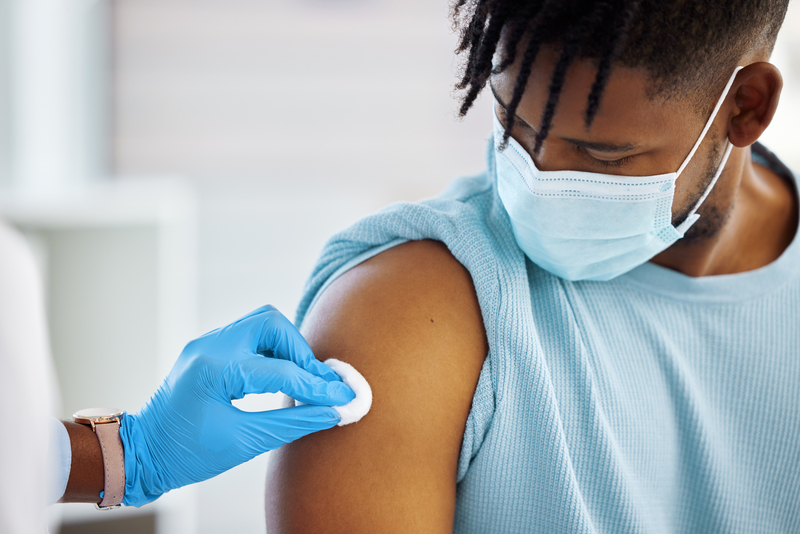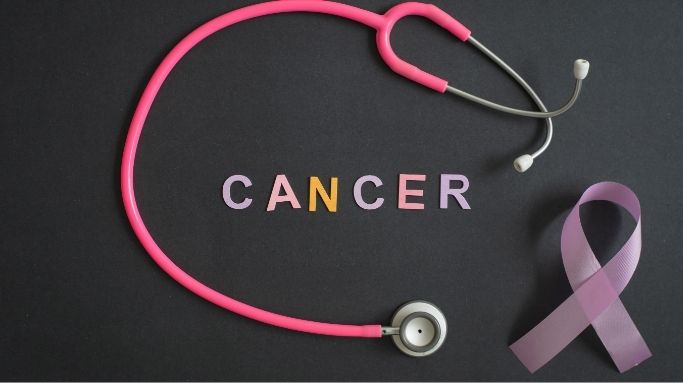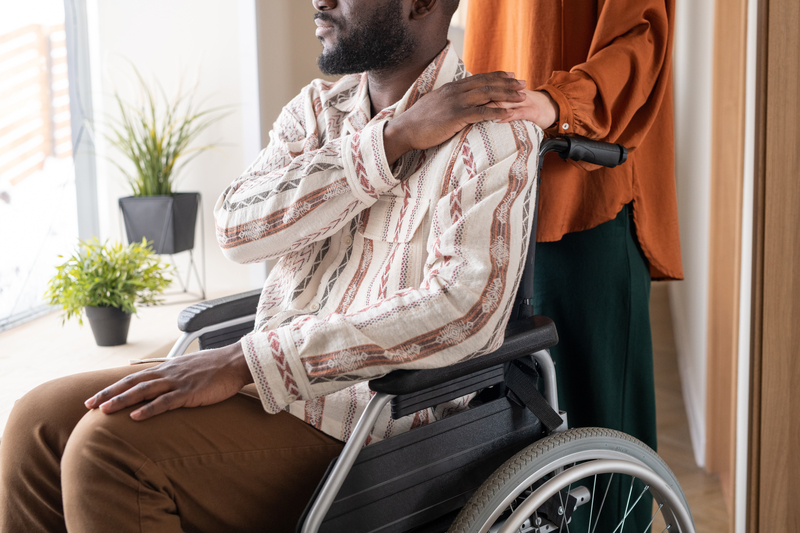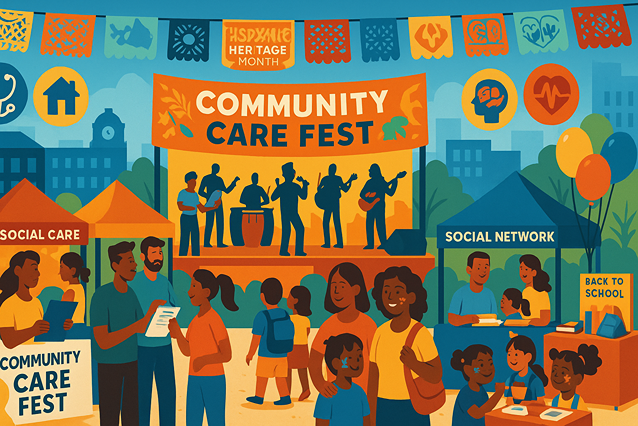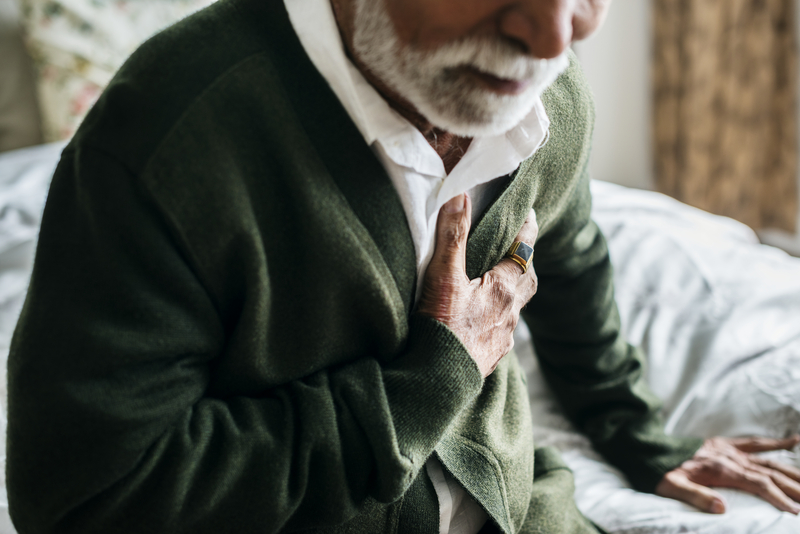Native
Impact of More Detailed Measures of Disease Severity on Racial Disparities in Cardiac Surgery Mortality among Native Hawaiians and Pacific Islanders
Studies that examine racial disparities in health outcomes often include analyses that account or adjust for baseline differences in co-morbid cond...
Risk of Incident Asthma among Young Asian American, Native Hawaiian, and Pacific Islander Children from Age 3 to 7 years in a Northern California H...
doi: 10.1016/j.jpeds.2023.113802.
Online ahead of print.
Affiliations
Expand
...
I kua na'u "Let me carry out your last wishes" Clinical trial protocol to promote advance care planning among native Hawaiian populations
doi: 10.1016/j.cct.2023.107365.
Online ahead of print.
Lisa Quintiliani
1
, Mart...
Programs In The Native Hawaiian Health Care System: Services, Funding, And Management
What the GAO Found
The Native Hawaiian Health Care Systems Program, administered by the Health Resources and Services Administration (HRSA), aims t...
Half of American Indian and Alaska Native Seniors Have CVD: Medicare Analysis
A “radical reckoning” is long overdue as efforts to improve health in this population have not been prioritized, authors say.
The burden of CV di...
Maternal study in Native Hawaiian, Pacific Islanders fills health research void
Every year between 50,000 and 60,000 women in the U.S. suffer severe maternal morbidities such as kidney failure, eclampsia or other unexpected out...
Trending Topics
Features
- Drive Toolkit
Download and distribute powerful vaccination QI resources for your community.
- Health Champions
Sign up now to support health equity and sustainable health outcomes in your community.
- Cancer Early Detection
MCED tests use a simple blood draw to screen for many kinds of cancer at once.
- PR
FYHN is a bridge connecting health information providers to BIPOC communities in a trusted environment.
- Medicare
Discover an honest look at our Medicare system.
- Alliance for Representative Clinical Trials
ARC was launched to create a network of community clinicians to diversify and bring clinical trials to communities of color and other communities that have been underrepresented.
- Reducing Patient Risk
The single most important purpose of our healthcare system is to reduce patient risk for an acute event.





